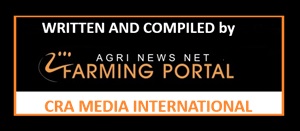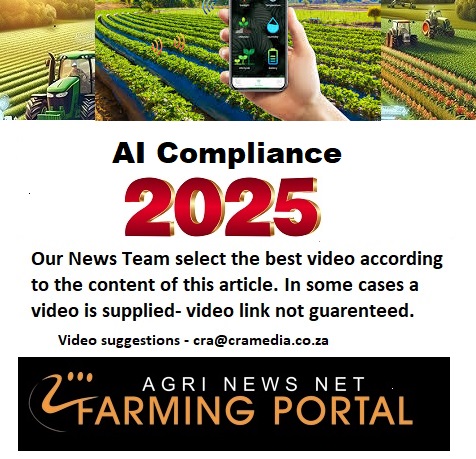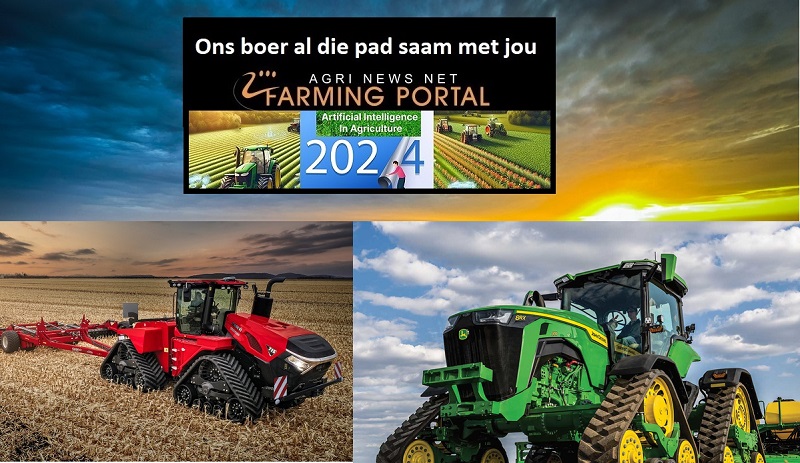Maize, a cornerstone of South African agriculture and a vital staple food, faces an uncertain yet critical future as production costs soar and its affordability as "table food" comes under pressure.
As of April 07, 2025, the agricultural sector is grappling with escalating input costs—fertilizers, fuel, seeds, and labor—while striving to maintain maize's role as a reliable and accessible staple for millions of households. With the 2024/25 production season underway, the interplay between these rising costs, global market dynamics, and local demand paints a complex picture for the future of maize production and its status as an expensive yet indispensable food source.
A Record Year Overshadowed by Costs
South Africa’s maize exports hit a record US$13.7 billion in 2024, a 3% increase year-on-year, reflecting the sector’s export-oriented strength. Nearly half of these exports went to the African continent, with significant markets in the EU, Middle East, Asia, and the UK. Yet, this success masks a growing challenge: the cost of producing maize is climbing sharply. Fertilizer prices, driven by global supply chain disruptions and geopolitical tensions, have surged, while fuel costs—essential for mechanized farming and transport—continue to rise with fluctuating oil markets. Seeds, particularly high-yield varieties, and labor expenses further inflate the input burden. For farmers, these costs translate into a higher break-even point, squeezing profitability despite robust export demand.
For consumers, maize’s role as a staple food—commonly consumed as maize meal or "pap"—makes these cost pressures deeply felt. White maize, preferred for human consumption, is a dietary mainstay for over 60% of South Africans, providing affordable carbohydrates in a country where food security
remains a concern. However, as production costs rise, so does the price of maize meal on supermarket shelves, challenging its status as an accessible "stable food" for low-income households.
The 2024/25 Season: Hope and Hurdles
The 2024/25 maize production season, which aligns with the 2025/26 marketing year starting May 1, 2025, offers cautious optimism. Favorable weather forecasts, potentially linked to La Niña rains, suggest a recovery from the drought-ravaged 2023/24 season, which saw a 23% drop in maize output to 12.7 million tonnes. Early projections indicate a possible harvest exceeding 15 million tonnes, surpassing the annual domestic consumption of approximately 11.7 million tonnes. This could ease supply tightness and stabilize prices in the latter half of 2025, particularly for white maize, which faced a 50% price surge in early 2025 (reaching R6,871 per tonne in January).
Yet, the relief may be short-lived if input costs remain unchecked. The high cost per ton of maize production—exacerbated by unsubsidized inputs unlike in neighboring Zambia—means farmers must achieve exceptional yields to offset expenses. Without government intervention or subsidies, South African producers face a stark reality: either pass these costs onto consumers, further straining household budgets, or absorb them, risking financial viability.
 VIEWPOINT -The Difference Between Artificial Intelligence and Human Intuition
VIEWPOINT -The Difference Between Artificial Intelligence and Human Intuition
Regional and Global Dynamics
South Africa’s maize sector doesn’t operate in isolation. The Southern African region, heavily reliant on South African exports, saw severe crop losses in 2024 due to El Niño-induced droughts—Zimbabwe lost 60% of its maize, Zambia 50%. This heightened regional demand keeps prices elevated, particularly for white maize, a rarity globally outside South Africa and Mexico. Meanwhile, global maize prices, influenced by oversupply from the US and South America, contrast with South Africa’s tighter local market, complicating import options for yellow maize used in animal feed.
The Middle East, an emerging market with unsaturated potential, offers growth opportunities. Countries like Saudi Arabia (US$25 billion in annual agricultural imports) and the UAE (US$22 billion) currently see South Africa as a minor player, with market shares of 1-2%. Targeted promotion and reduced trade barriers could boost exports, but scaling production to meet this demand requires tackling input costs head-on.
The Staple Food Dilemma
Maize’s dual role as a commercial crop and a staple food creates a unique tension. For millions of South Africans, particularly in rural and low-income urban areas, maize meal is a dietary lifeline. Yet, its rising cost threatens food security. In 2022, 25.8% of the population faced food insecurity, a figure likely worsened by recent economic pressures and inflation. Unlike wheat or rice, which benefit from global surpluses, white maize’s scarcity outside South Africa limits import relief, placing the burden squarely on domestic production.
Government support could mitigate this. Subsidies for fertilizers or fuel, as seen in other maize-producing nations, could lower costs, while strategic trade policies—like a post-AGOA free trade agreement with the US—might secure export markets and stabilize prices. Within Africa, resolving trade frictions, such as Namibia’s ongoing vegetable export restrictions, is equally critical to maintaining regional dominance.
Looking Ahead
The future of maize production in South Africa hinges on balancing profitability with affordability. Technological advances, such as drought-resistant GMO seeds and precision agriculture, promise higher yields, but their adoption adds to upfront costs. Collaborative efforts between government and industry to open new export markets—particularly in the Middle East—could offset domestic price pressures, while sustained investment in infrastructure (e.g., irrigation and rural roads) might reduce reliance on volatile inputs like fuel.
For now, maize remains an expensive staple, its price reflecting both global trends and local realities. The 2024/25 season’s success will be a litmus test: a bountiful harvest could ease immediate concerns, but without addressing input costs, South Africa risks losing its edge as a maize powerhouse—and its people, their most vital food source. The path forward demands innovation, policy foresight, and a commitment to keeping maize on the table for all.

The views and opinions expressed in this program are those of the writers and do not necessarily reflect the views or positions of any entities they represent. The information contained in this website is for general information purposes only. The information is provided by CRA and while we endeavour to keep the information up to date and correct, we make no representations or warranties of any kind, express or implied, about the completeness, accuracy, reliability, suitability or availability with respect to the website or the information, products, services, or related graphics contained on the website for any purpose. Any reliance you place on such information is therefore strictly at your own risk.















